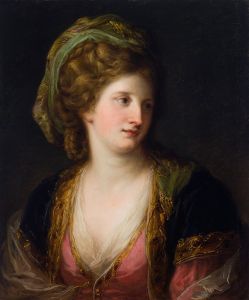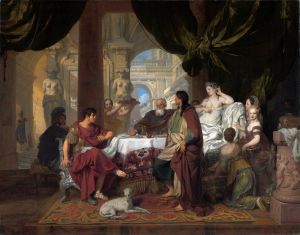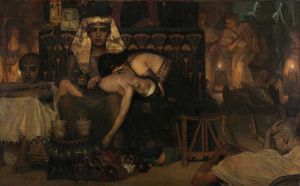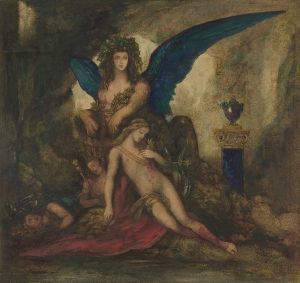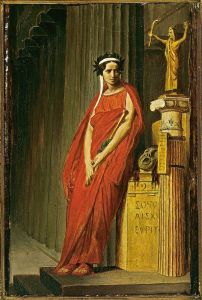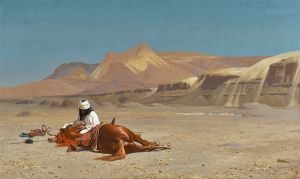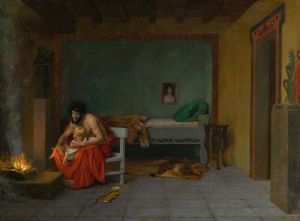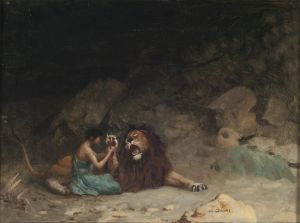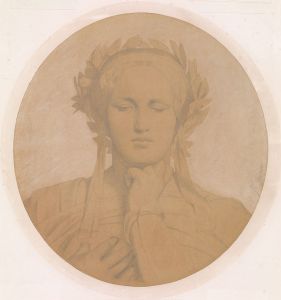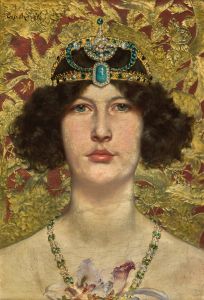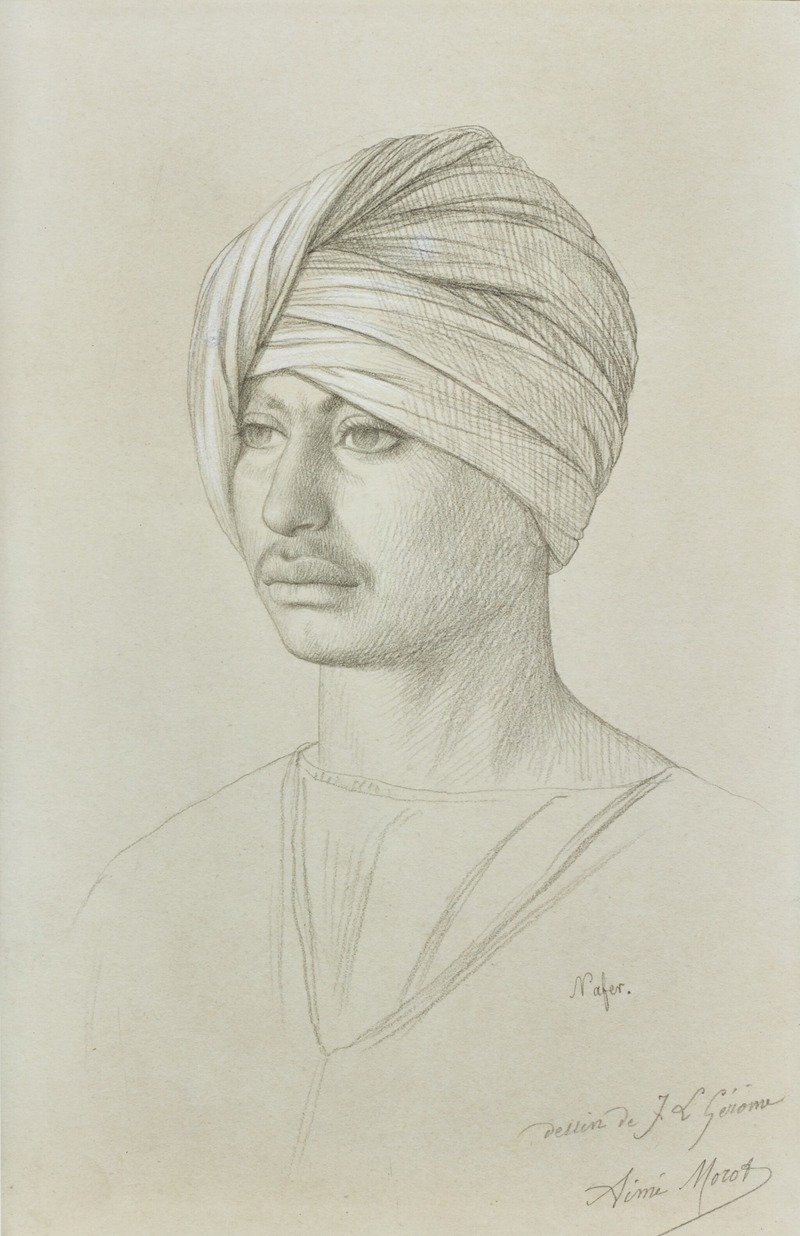
Nafer
A hand-painted replica of Jean-Léon Gérôme’s masterpiece Nafer, meticulously crafted by professional artists to capture the true essence of the original. Each piece is created with museum-quality canvas and rare mineral pigments, carefully painted by experienced artists with delicate brushstrokes and rich, layered colors to perfectly recreate the texture of the original artwork. Unlike machine-printed reproductions, this hand-painted version brings the painting to life, infused with the artist’s emotions and skill in every stroke. Whether for personal collection or home decoration, it instantly elevates the artistic atmosphere of any space.
Jean-Léon Gérôme was a prominent 19th-century French painter and sculptor, known for his detailed and historically themed works. However, there is no widely recognized painting titled "Nafer" by Jean-Léon Gérôme. It is possible that there might be a confusion with the title or a lesser-known work that has not been extensively documented in art historical records. Gérôme's oeuvre is well-documented, and his works typically explore themes of Orientalism, historical events, and classical antiquity.
Gérôme was born on May 11, 1824, in Vesoul, France, and he became one of the leading figures of the Academic art tradition. He studied under Paul Delaroche and later at the École des Beaux-Arts in Paris. Gérôme's career was marked by his ability to blend academic precision with dramatic storytelling, often focusing on exotic and historical subjects that captivated the European imagination of his time.
Some of his most famous works include "The Snake Charmer," "The Death of Caesar," and "Pollice Verso." These paintings are characterized by their meticulous attention to detail, vibrant colors, and the ability to convey complex narratives through a single image. Gérôme's fascination with the Middle East and North Africa is evident in many of his works, which often depict scenes of daily life, historical events, and imagined reconstructions of ancient civilizations.
Gérôme's impact on the art world extended beyond his paintings. He was also a successful sculptor and a respected teacher, influencing a generation of artists through his position at the École des Beaux-Arts. His works were celebrated for their technical skill and were frequently exhibited at the Paris Salon, where he received numerous accolades.
Despite his success, Gérôme's work has been the subject of critical debate, particularly regarding his Orientalist themes. Orientalism, a term popularized by scholar Edward Said, refers to the depiction of Eastern societies as exotic, backward, and uncivilized in contrast to the West. Gérôme's paintings, while admired for their beauty and craftsmanship, have been critiqued for perpetuating stereotypes and contributing to a romanticized and often inaccurate portrayal of Eastern cultures.
In summary, while Jean-Léon Gérôme is a well-documented artist with a significant body of work, there is no specific information available about a painting titled "Nafer." Gérôme's legacy as an artist is defined by his masterful technique, his influence on academic art, and the ongoing discussions about the cultural implications of his Orientalist themes. If "Nafer" is indeed a work by Gérôme, it remains obscure and not widely recognized in the existing literature on his art.





![Dayr el Medeeneh [Dayr al-Madînah], Thebes.](/imgs/217473/s/david-roberts-dayr-el-medeeneh-dayr-almadinah-thebes-248e9138.jpg)
